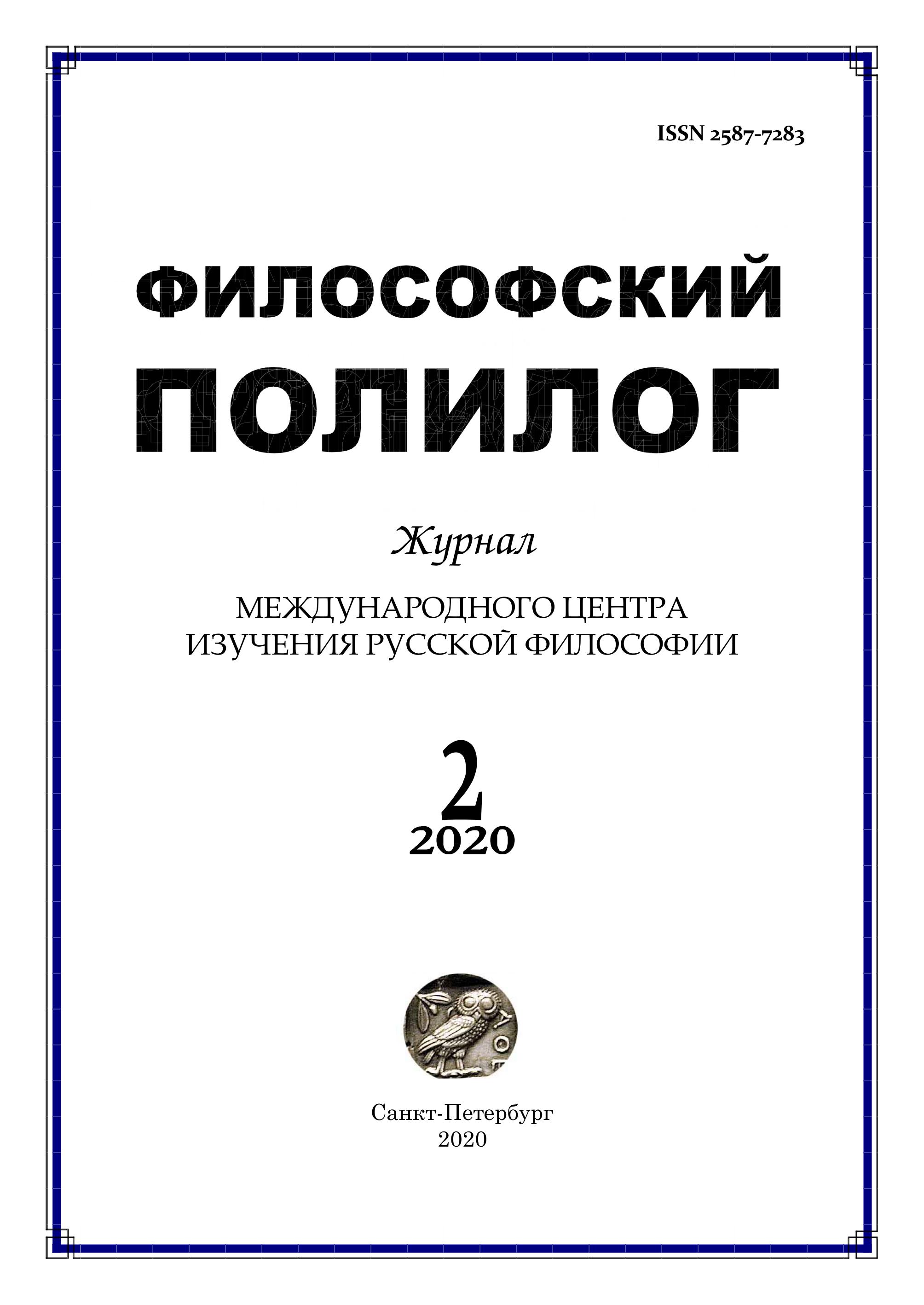“City of the Future” in Culture: Leningrad and Tel Aviv (White City)
Abstract
The article describes and analyzes the ways the projects of the “city of the future” were practically realized in Russia (Leningrad) and Israel (Tel Aviv). It is shown that the idea of visualizing the future was a typical phenomenon of the 20th century culture, resulting from the transformation of the philosophical understanding of space. In modern philosophy, space is understood, as a rule, as something conventional, therefore space may be and is interpreted in many ways. This plurality of interpretations leads to plurality of different forms of space construction. In Europe, the most famous projects of the “city of the future” were proposed by architects of the futuristic school, among them there were the “Garden Cities of To-Morrow” by Ebenezer Howard and “The New City” by Antonio Sant’Elia. In the Soviet Union in the 1920s–1930s, some projects of a new city of the future were also created, being a kind of tribute to utopian thinking inspired by the ideology of communism. There appeared new types of buildings, such as a factory-kitchen, a collective-type dwelling house, a palace of culture, a public bath, a club. Their architects adhered closely to the principles of constructivism, emphasizing the function of buildings through their forms. The “White City” of Tel Aviv (more than 4 thousand buildings) was built in accordance with the ideas of the Bauhaus school. Although Tel Aviv has historically been a quintessentially Jewish city in the Middle East, the city center has quarters built in the “international style” of the Bauhaus to create a new city – the city of the future. An analysis of the architecture of this city, like the architecture of Leningrad, demonstrates the influence of ideology through architecture. Therefore, projects of cities of the future should be regarded as examples of conceptual art.

